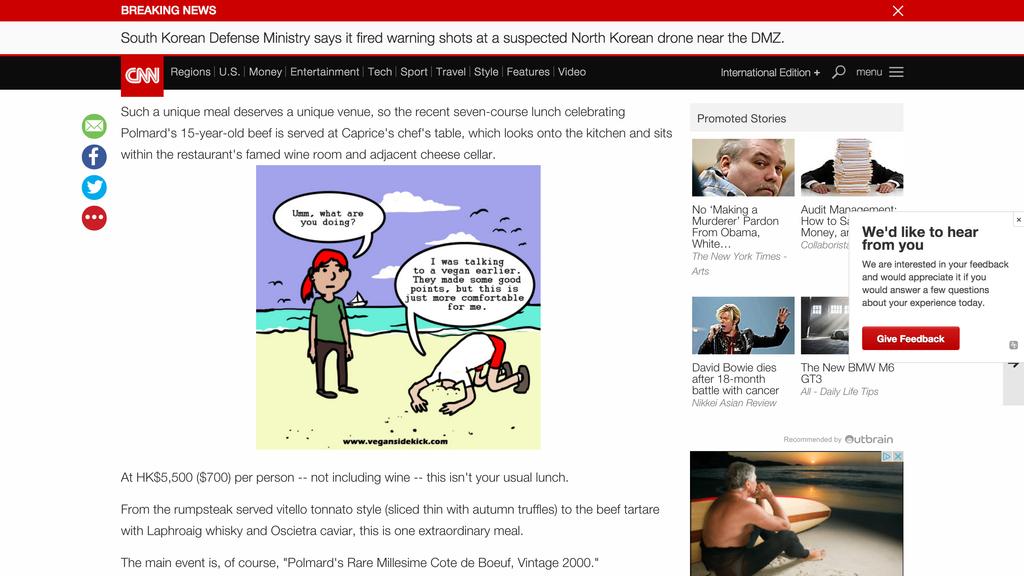
Stream of Trials
In a way, the Stream of Trials residency is a follow up to the Supermarket Art Fair: SIGN and I travelled to Stockholm, we met Videokaffe and since then I’ve been working with them. Mostly from a distance, by connecting our studios together through the web using cameras and projectors in a cross-location live performance format called Screen Breach.
I asked project space SIGN if we could develop this further. The idea for a residency was born. SIGN and I selected artists we hoped would make for a good chemistry while working with Videokaffe and me in a lab setting. The aim was to experiment together and stream it for the world to see. So I coined: Stream of Trials.
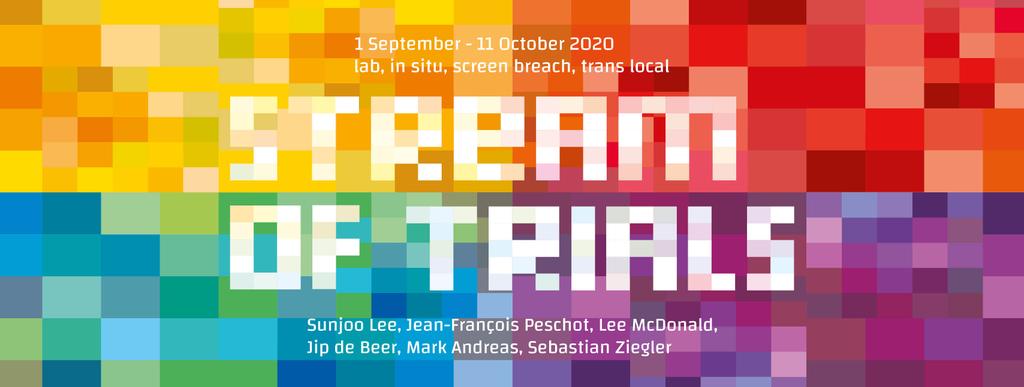
Experiments, try-outs, trial and error: that sums up what Mark Andreas, Sebastian Ziegler, Sunjoo Lee, Jean-François Peschot, Lee McDonald and I have been doing the past two months. We’ve had great energy, remote controlled (drawing) robots, dance performances, grass growing in patterns, a huge multichannel screen sculpture suspended from the ceiling, and much much more. For all of that, browse the visual documentation on Flickr. Or read an interesting review by Jegens en Tevens (in Dutch). This post will mostly be about my process during the residency.

Planting grass seeds, that’s the first thing I did. The idea was to try out a concept, on a small scale, and work on other ideas while the grass takes its time to grow. In my Web Spaces series I explore the urban landscape of web pages. But I’ve been wondering for a while if there’s a more organic landscape hidden underneath the computer screen…
In the months preceding the residency, I’ve been recording all of my mouse movements. From opening my laptop, until closing it or until it went to sleep. I made a little program which would store screenshots of what I’d been doing on the computer during that time, alongside all of these ‘drawing sessions’. I say ‘drawing sessions’, because the way I see it I’m continuously (subconsciously) drawing a line with the mouse cursor. On my computer I now have a database of about 800 of these drawings: time to experiment with how to get them out of it.

Back to the grass. Imagine you’re strolling through a field. You’re leaving a trail along the way. Looking from above, the path you’ve taken is a drawing of your journey. But instead of you walking, it’s the journey of the mouse cursor: Mouse Trails. I laser cut shapes out of wood, which were derived from the Mouse Trials, so I could make the grass grow in patterns to simulate trails in grass…


While waiting for the grass to sprout, I built a custom Makelangelo drawing robot and installed an AxiDraw V3 drawing machine. To explore other ways to make the Mouse Trials come to life.




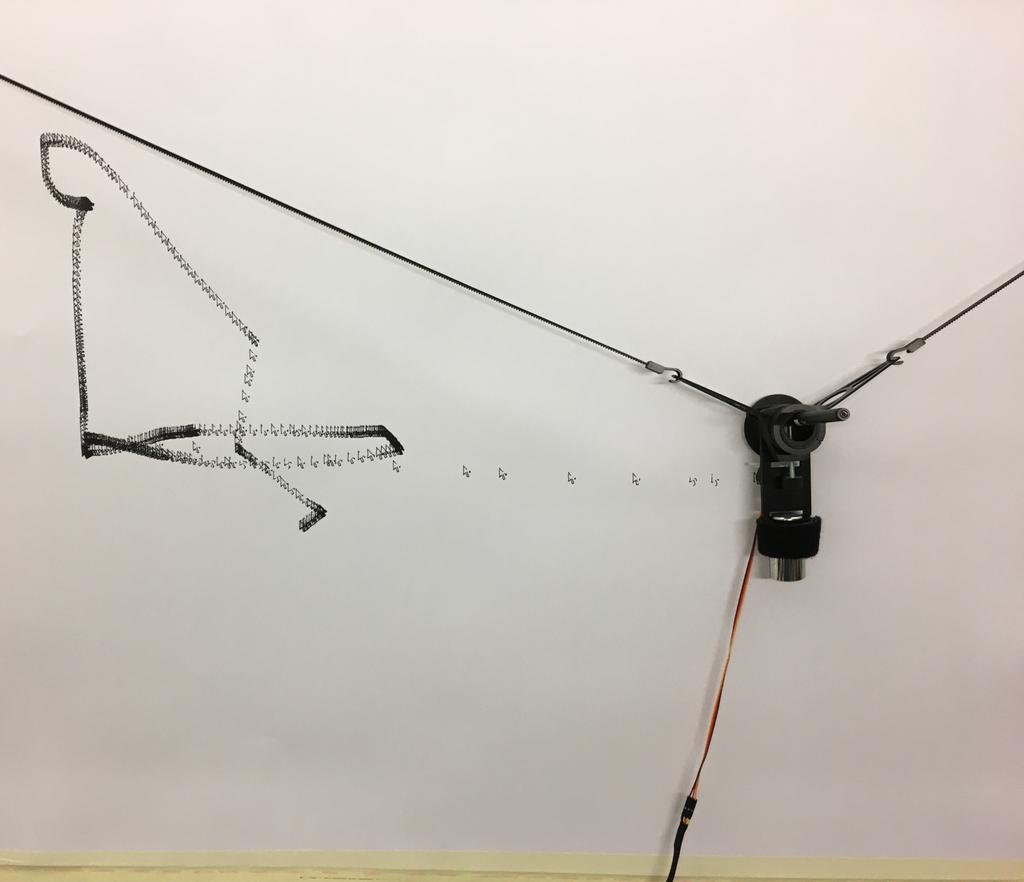
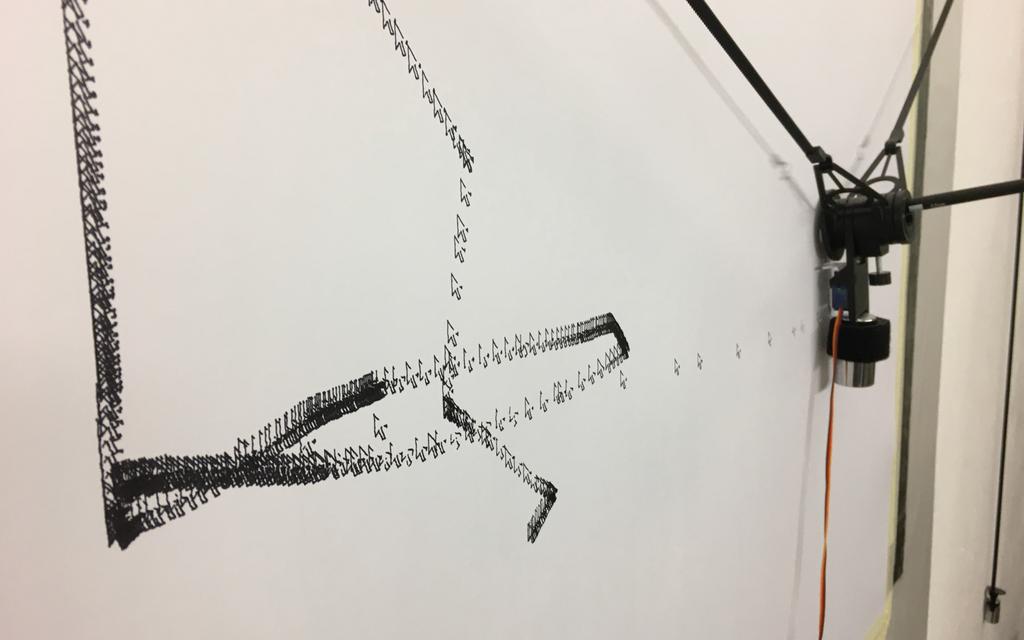

I picked the Mouse Trails from my database, to be translated into artworks, according to some criteria. A session needs to be visually distinctive (not too similar), should be clear (so not too much multitasking between programs without a single objective) and lend itself for a funny title which would hint to what was going on during the session (preferably a bit ambiguous, to confuse the fact if it was an action performed in the virtual of physical world).







Due to the COVID-19 pandemic, many activities (which would ordinarily be performed physically) are now done behind the computer, with a mouse cursor. Grocery shopping is one of those things for me. The corresponding Mouse Trials made the selection.


In addition to the 2D representations of my mouse drawings, I was determined to 3D-print these trails too. So I made another program which interprets the cursor session in the following way: the line starts at the bottom. With every mouse movement in the session, the line would not only move along the x and y (2D) axis, but it would also go up a little bit (along the z axis).

But as I’m not a magician, I can’t have the line levitate in the air like a magic rope. So I fed the line to an algorithm which supports it with a tree-like structure. The result is an organic looking three-dimensional object, based on the trail made by my mouse cursor while performing a specific task.




The grass sprouted and for a brief moment the patterns were there too. Although not with the same fidelity present in the Mouse Trials with a 3D-printer or pen plotters. It would probably work better on a much bigger scale. Never the less I enjoyed the results, and telling visitors the story behind it.



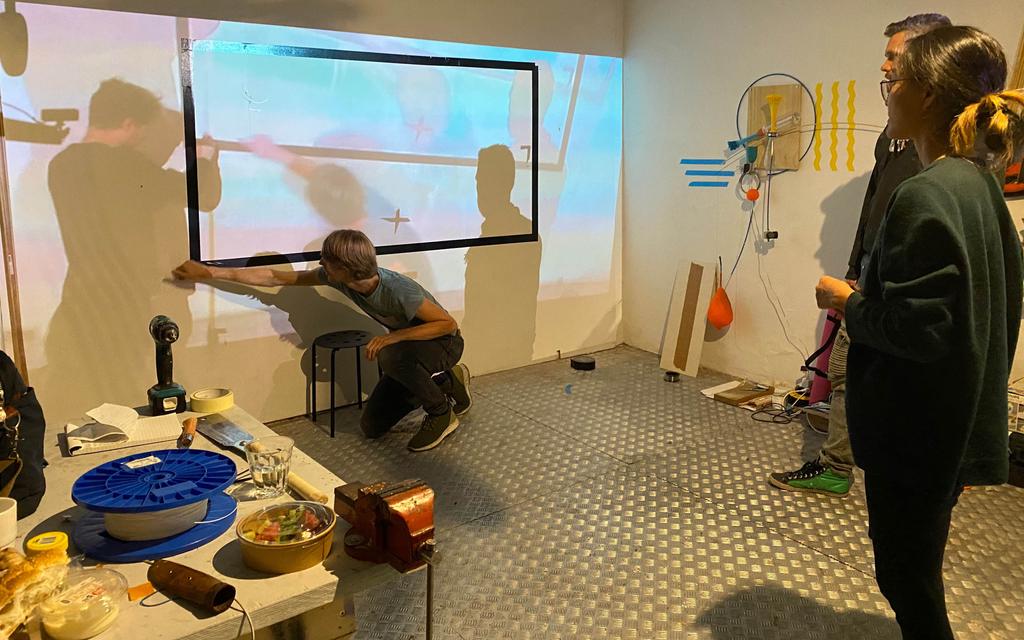
Mouse Trails was my individual project, but our intention was to work together. I contributed by connecting the remote Screen Breach locations like Baltan Laboratories (Eindhoven, NL) and Hyde Park Art Center (Chicago, USA) with the software I developed: Mappertje and Pop-out Jitsi Meet.


But I also started to explore ways to make the drawing machines interactive. Instead of executing a predefined drawing, it would be open to real-time input. Thereby opening up the possibility for the drawing machine to engage in a dialogue with other installations or people.






These real-time drawing machine experiments lead to a ‘chat by drawing’ installation in collaboration with Chicago based Videokaffe member Tom Burtonwood. It consists of two AxiDraw machines (one in Chicago, and one in Groningen), each connected to a computer with mouse, two monitors and a webcam. It works like this:
- The visitor in Groningen draws using the mouse, looking at the first monitor
- The drawing quickly fades away from the screen, while it’s being transmitted to Chicago
- In Chicago, the machine draws on a piece of paper exactly what the visitor drew with the mouse
- The webcam in Chicago streams the actual drawing, in real-time, back to the visitor in Groningen
- In Groningen the visitor can now see the result of his/her action on the second monitor
- The people in Chicago will look at what’s being drawn on the paper, and reply according to the same principle
- Whatever is being drawn with the mouse in Chicago, automatically appears on the paper in Groningen
- The visitor in Groningen sees the picture/message/scribble on the paper and replies
- Etcetera


The program I made controls the machine via the axi Python library, and communicates over the internet via a data channel provided by Jitsi Meet. The webcam image goes through Jitsi Meet as well.

With this installation, which we had running for the public at the opening (October 3rd), it’s challenging to properly draw. Firstly due to the slight delay: the machine that’s executing your drawing is on another continent and it can’t physically move as fast as the visitor can move the mouse. But more importantly: because the line fades away from the screen while your drawing, you have to orient yourself based on the ‘portal’ provided by the webcam feed. The brain needs to rewire itself a bit to get used to this new hand/eye coordination while remotely controlling a machine this way. It was a fun collaboration, and in my opinion it complements my other Mouse Trails works nicely. The Mouse Trails are subconscious drawings. The ‘chat by drawing’ makes you very aware of the fact you’re drawing with a mouse.

Let’s finish this post with the screen sculpture: the piece we all worked on together. Lee McDonald kicked it off and made the construction. I (Jip de Beer) provided the screens and tackled the technical aspect of it. Sunjoo Lee & Jean-François Peschot went out on a field trip to gather to concent for it and Mark Andreas & Sebastian Ziegler suspended the whole thing from the ceiling!



Many thanks to everyone involved, especially Marie-Jeanne Ameln, Ron Ritzerfeld and Klaas Koetje.



